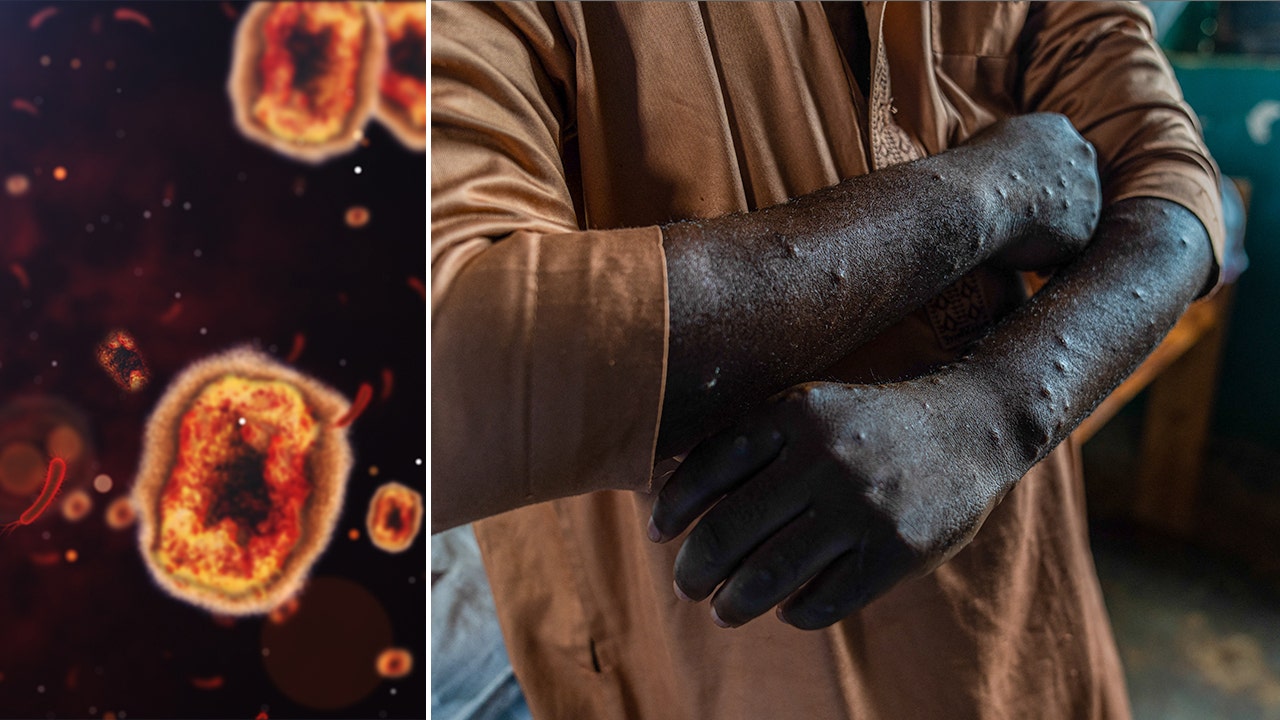Islets of Langerhans Also known as islands of Langerhans irregularly-shaped patches of endocrine tissue found in the pancreas of the majority of vertebrates. They’re named in honor of the German doctor Paul Langerhans, who first identified the islets in 1869. The normal human pancreas has approximately 1.25 million islets. The islets comprise four distinct types of cells, from which 3 (alpha beta, alpha and delta cell) make important hormones. the fourth type (C cells) has no function.
Islets of Langerhans ?
Pancreatic islets, also known as islets of Langerhans are the groups of cells that reside in the pancreas. The pancreas organ creates hormones to assist your body breakdown and digest food. Itslets are made up of a variety of cells including beta cells, which produce insulin, a hormone. Insulin assists your body in using glucose for energy , and it assists in controlling blood glucose levels. It is also known as blood sugar levels.
The most well-known islet cell, known as the beta cell produces insulin, which is the main hormone responsible for the regulation of carbohydrate fat as well as protein metabolism. Insulin plays a crucial role in a number of metabolic processes. It facilitates the absorption and metabolism of glucose by body cells; it blocks the release of glucose from the liver; it induces muscles cells to absorb amino acids, which are fundamental elements of protein and blocks breaking down and releasing fats.
Insulin release by the beta cells could be stimulated by the increase in growth hormone (somatotropin) or glucagon, however the primary trigger for inducing insulin releases is glucose. when blood glucose levels rises, as it does following eating a meal, insulin is released to combat it. The inability of islet cells to create insulin or to produce enough amounts to regulate blood sugar levels are the primary factors that cause diabetes mellitus.
Functions:
The Langerhans islets comprise an array of cells inside the pancreas involved in the release and production hormones to regulate the levels of glucose.
Insulin/Glucose: activates beta cell and blocks alpha cells.
Glycogen/Glucagon activates alpha cells, which stimulate beta cells and delta cells.
Somatostatin inhibits beta cells as well as beta cells.
The alpha cells in Langerhans’ islets release an antagonistic hormone, glucagon which lets the liver produce glucose, as well as fat-soluble fatty acids from the tissue. In the process free fatty acids and glucose favor insulin release and hinder the release of glucagon. Delta cells make Somatostatin which is a powerful inhibitor of insulin, somatotropin and glucagon. Its function in the regulation of metabolism isn’t yet understood. Somatostatin is also made by the hypothalamus , and is used in preventing the release of growth hormones from the pituitary gland.
Glucagon release is stimulated due to the consumption of protein, the lower blood glucose levels (hypoglycemia) as well as exercising. It is inhibited by intake of carbohydrates, an action that is possibly caused by the subsequent rise in blood glucose levels and the secretion of insulin. Glucagon actively blocks the actions of insulin.
It raises the level of glucose in blood by encouraging glycogenolysis that is the process of breaking down glycogen (the form of glucose that can be stored by the liver) as well as by stimulating the process of gluconeogenesis that is the creation of the amino acid glycerol and glucose inside the liver. Through increasing the amount of glucose in bloodstream, glucagon plays an vital function in maintaining blood glucose levels when exercising and fasting.
Pancreatic Polypeptide, peptide produced from the F (or PP) cells of the islets of Langerhans in the pancreas. Pancreatic polypeptide contains 36 amino acids. The secretion process is stimulated by food or exercising as well as fasting. It may inhibit the gallbladder’s contraction as well as pancreatic exocrine production However, its role in the metabolism of nutrients is not clear.
In the pancreas pancreas, somatostatin created from the cells of the delta in the islets that make up Langerhans which helps to stop the release of insulin and glucagon from the adjacent cells. Insulin, glucagon, as well as somatostatin work together to regulate the movement of nutrients through and out of circulation. The concentrations of these hormones control the rate of absorption and utilization, as well as the storage of amino acids, glucose and the fatty acids. The anatomical proximity of beta alpha, delta, and beta cells of the islets within Langerhans is crucial.
Somatostatin and glucagon are believed to have a relationship with paracrine which affects the production of the other, and both of them influencing the rate at which insulin is released. Somatostatin can also block the production of various gastrointestinal hormones, such as gastrin, secretin, cholecystokinin (CCK) and vasoactive intestinal polypeptide (VIP)–resulting in the suppression of numerous aspects of the digestive tract such as the release of stomach acid as well as the secretion of digestive enzymes through the pancreas and digestion of food via the intestinal tract.





















Discussion about this post